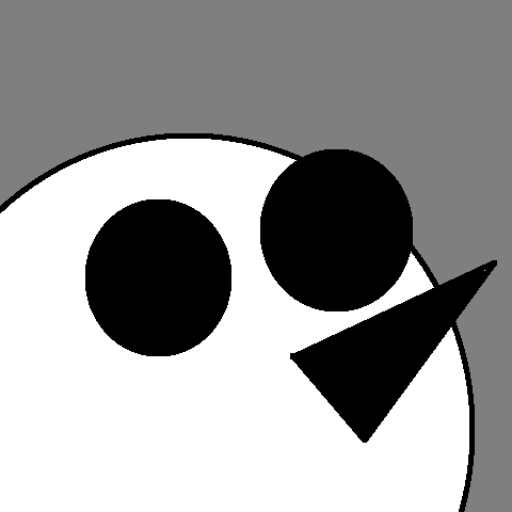“The Good: The drawing is really great. The characters have good weight to them, and the figures are realistic (although idealized) without losing their cartoon-y charm. The dudes are straight-up hunky, to use an outdated term. The one guy, Mike, is the spitting image of the men painted on the side of a bear bar I used to walk by from time to time. This is totally the “male gaze” as applied to dudes. Crotch shots, semi-nudity, and all of it dudes. There is one woman in the book, and the drawings of her are not sexy at all, or at least a lot less sexy than the drawings of the dudes. If you’ve ever wondered how you would react if men were depicted in comics the way women are, give this one a shot. It’s also an interesting piece to bring up in the discussion of sleazy depictions of characters in comics and loving, but still erotic depictions of characters in comics. There’s a difference, and it’s well-expressed here, even if it’s hard to quantify in words. It’s like…you can draw nude or semi-nude figures that feel less salacious than fully-clothed people, but it’s hard to nail down exactly how this works.
I think I’m also putting in The Good the fact that we get to see how being gay is received in Japan, which is a bit different than the states. Gay marriage is not currently legal, and from this book and a bit of internetting, it would seem that there’s a bit less openness about being gay.
Some readers would probably put this in the bad category, but I think…I think it’s okay to depict a character struggling with the fact that his brother was gay. I think a lot of the characters in a situation like this are depicted as either total cultural heroes or complete social monsters. The character, in this case, is a good father, a good cook, a very nice and polite person, and he’s a tad homophobic, or maybe just very inexperienced in a way. He’s middleground. It’s hard to describe what I mean here, but what I’m getting at is that this is a character type that feels more like a real character than a cipher created to make a point, and that makes for good reading. Plus, he can change, and seeing a character change in a two-steps-forward, one-step-back kind of way is more interesting than seeing someone who’s perfect out of the box, and I’d say that seeing a character make a positive change sends a better message than watching a perfect character be perfect.
The Bad: I think the translation wasn’t great. Some of the interjections and callouts were weird, and the way speech was broken up between linked speech balloons was pretty nonsensical at times. I think the translation was accurate, but there were places where the dialogue sounded really stilted, or was laid out oddly. It was kind of a bummer.
Overall: I mean, it’s a doubleshot of cultural awareness. You’ve got a message about gay people being, well, people, and you’ve also got a message in there about the ways in which different cultures adopt things at different speeds or with different enthusiasm. On that front, A+.
As far as comics go, great drawings, translation could have used some work. B.
As far as unrealistic depictions of dad bods, A+. By which I mean the dad bods were ripped, so they did a good job of depicting them unrealistically. So maybe that means I’m supposed to give them an F? I dunno.”
